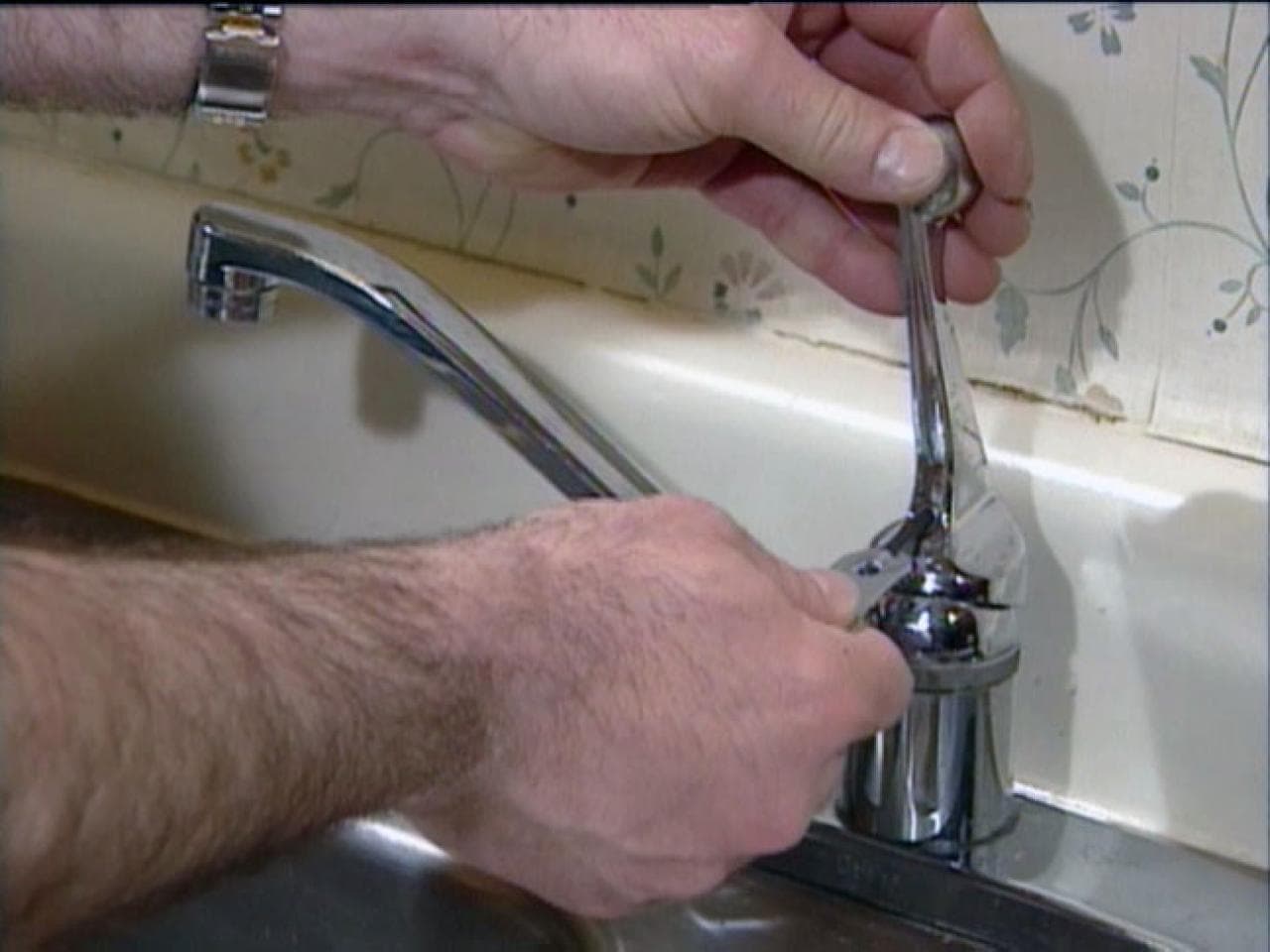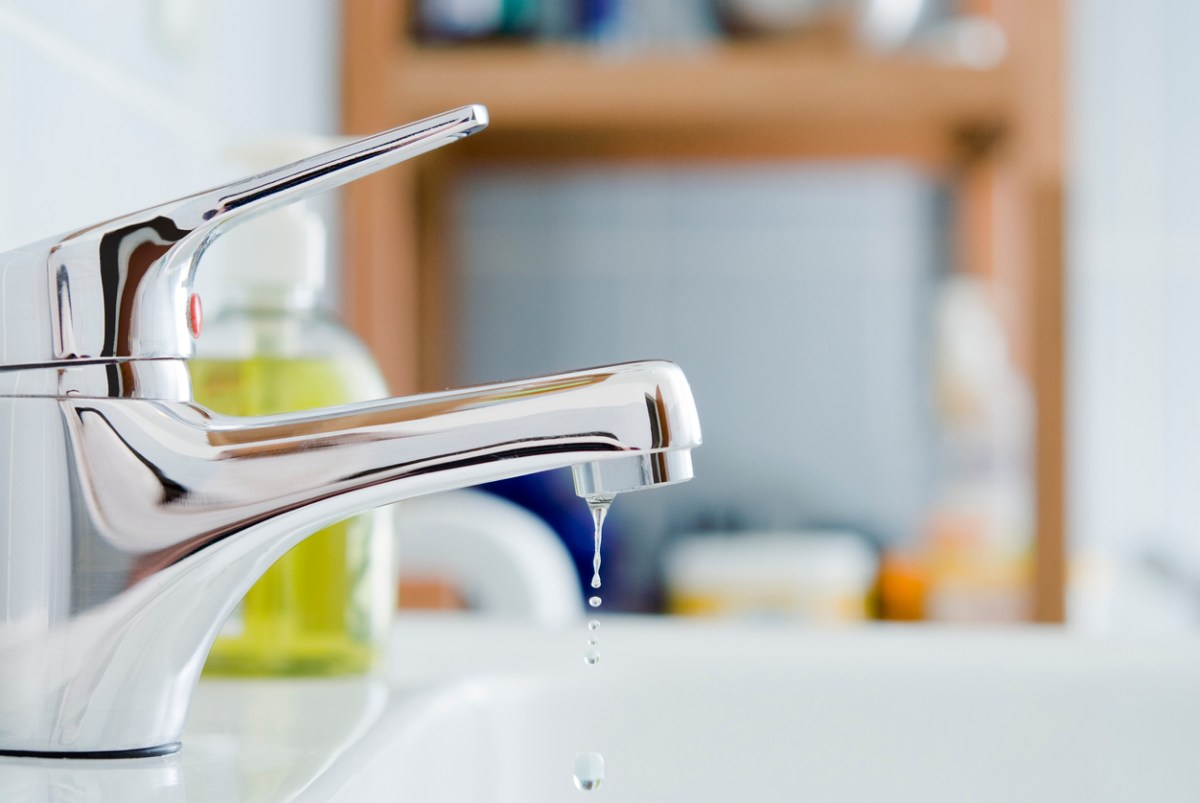Your Factors Behind Repairing a Dripping Faucet
Your Factors Behind Repairing a Dripping Faucet
Blog Article
Are you currently interested in facts involving Why It's Important to Fix Leaky Faucets?

Dripping faucets could look like a minor hassle, yet their effect goes beyond simply the aggravation of the noise. From wasting water to incurring unneeded monetary prices and wellness dangers, disregarding a dripping tap can bring about numerous repercussions. In this short article, we'll delve into why it's critical to resolve this common house problem promptly and properly.
Wastefulness of Water
Environmental Effect
Trickling faucets contribute considerably to water wastefulness. According to the Environmental Protection Agency (EPA), a solitary tap leaking at one drip per secondly can squander greater than 3,000 gallons of water per year. This not only stress water sources yet also impacts ecosystems and wildlife based on them.
Financial Prices
Increased Water Bills
Beyond the environmental influence, trickling taps can inflate water bills considerably. The built up wastage with time converts into higher utility expenses, which could have been prevented with timely fixings.
Possible Building Damages
Additionally, extended dripping can cause harm to components and surface areas surrounding the tap. Water accumulation can trigger discoloration, deterioration, and even architectural issues if left ignored, resulting in additional repair work expenses.
Health Issues
Mold and Mold Growth
The constant existence of wetness from a dripping faucet develops an ideal environment for mold and mildew and mold development. These fungis not just endanger interior air top quality yet also pose wellness dangers, particularly for individuals with respiratory system problems or allergic reactions.
Waterborne Illness
Stagnant water in leaking faucets can come to be a breeding place for bacteria and various other microorganisms, increasing the risk of waterborne diseases. Impurities such as Legionella microorganisms flourish in stagnant water, possibly bring about significant ailments when consumed or inhaled.
DIY vs. Professional Repair
Pros and Cons of Do It Yourself Repair Work
While some may try to repair a dripping tap themselves, DIY fixings include their own set of obstacles. Without appropriate expertise and devices, DIY efforts can intensify the concern or result in insufficient repairs, lengthening the problem.
Benefits of Employing a Professional Plumber
Hiring an expert plumber makes sure that the underlying root cause of the leaking faucet is attended to efficiently. Plumbers possess the expertise and equipment to detect and fix faucet concerns efficiently, conserving time and decreasing the threat of further damage.
Step-by-Step Overview to Taking Care Of a Dripping Tap
Tools Needed
Prior to trying to repair a trickling faucet, collect the necessary tools, consisting of an adjustable wrench, screwdrivers, substitute components (such as washers or cartridges), and plumber's tape.
Usual Faucet Issues and Their Solutions
Identify the sort of faucet and the particular issue creating the drip. Usual troubles include damaged washers, corroded valve seats, or faulty O-rings. Refer to manufacturer directions or online tutorials for step-by-step advice on repair work.
Preventive Measures
Routine Maintenance Tips
To stop leaking faucets, do routine upkeep such as cleaning up aerators, inspecting for leakages, and replacing damaged parts immediately. Furthermore, consider mounting water-saving devices or updating to extra effective components.
Importance of Prompt Fixes
Dealing with leaking taps as quickly as they're observed avoids additional water waste and potential damage, eventually conserving both water and cash in the future.
Impact on Property Value
Perception of Well-Maintained Residential Or Commercial Property
Preserving a building in good condition, consisting of resolving upkeep concerns like leaking taps, improves its perceived worth and worth amongst prospective buyers or tenants.
Impact on Resale Worth
Features with properly maintained plumbing fixtures, consisting of taps, command higher resale worths in the real estate market. Resolving leaking faucets can add to a favorable perception throughout residential property assessments and negotiations.
Ecological Obligation
Private Payment to Conservation
Taking responsibility for taking care of leaking taps lines up with broader initiatives towards water conservation and environmental sustainability. Every individual's actions jointly make a substantial impact on protecting priceless resources.
Sustainable Living Practices
By focusing on prompt repairs and taking on water-saving behaviors, people contribute to lasting living methods that benefit both existing and future generations.
Conclusion
Resolving a dripping tap exceeds plain benefit; it's a vital action toward conserving water, lowering financial expenses, and guarding health and residential or commercial property. Whether with do it yourself repairs or professional support, doing something about it to deal with dripping faucets is a tiny yet impactful way to promote responsible stewardship of resources and contribute to a healthier, more sustainable future.
How to Fix a Leaky Faucet: Step-by-Step Repair Guide
A leaky faucet may seem like a simple annoyance, but if it's not fixed promptly, that leak could cost hundreds to potentially thousands. From water damage to mold, mildew, and high water bills, even a tiny leak can be catastrophic if left unattended. Damage like this can even affect the overall value of your home, so it's important to take the right approach for leaky faucet repair. You may need the help of a plumber in some cases, but we've got a few tips you can try on how to fix a leaky faucet before calling the pros.
Four Faucet Types
When you're learning how to fix a leaky faucet, the first step is knowing what kind of faucet you're working with! There are four common types.
Cartridge Faucets
Cartridge faucets come in one- or two-handled varieties. In one-handled cartridge faucets, hot and cold water combines in a single cartridge. In the two-handled versions, hot and cold water are controlled separately and mixed in the faucet.
Ball Faucets
Ball faucets have a single lever you push up and down to adjust the pressure and rotate to change the temperature. A slotted metal ball controls the amount of water allowed into the spout.
Compression Washer Faucets
They're the oldest type of faucet, but they're still used in many homes — especially older ones. Compression faucets have two separate handles that, when turned, raise or lower the washer that seals a water valve. This valve stops water from flowing through the faucet when it is turned off.
Disc Faucets
Disc faucets rarely need to be repaired due to their maintenance-free design. The water flow is controlled by two discs — the upper one raises and lowers against a fixed lower disc, creating a watertight seal. If your disc faucet starts leaking, you may need to replace the seals or clean residue buildup from the inlets.
Fixing a Leaky Faucet
Step 1: Turn Off the Water
Whether you're learning how to fix a leaky bathtub faucet or how to fix a leaky kitchen faucet, always turn off the water supply to your working area when you're fixing a leak. The last thing you want is a flood added to your list of things to fix.
Look for the shutoff valves below your sink or around the tub and turn them clockwise to stop the water flow. If your faucet doesn't have shutoff valves, you may need to turn off the water for the whole house. Check to make sure it's off by turning the faucet on. If nothing comes out, you're ready to start the repair.
Step 2: Take Apart the Faucet
How you disassemble your faucet depends on the type of fixture you have. You can use a flathead screwdriver to remove the caps on top of the handle or handles for cartridge and compression faucets. Inside, you should see handle screws. Unscrew these with a screwdriver to remove the handle.
Disc- and ball-style faucets will typically have an inlet screw near the handle, and removing that will reveal the interior of the faucet.
Detach the Valve Stem
For cartridge- and compression-style faucets, you'll see the inner valve stem or cartridge once you remove the faucet handles. If you have a compression faucet, unscrew the brass valve stem. If you have a cartridge faucet, pull out the cartridge. If your cartridge has been in place for a while, it may require some tools or extra force to remove it due to mineral deposits.
Examine and Replace Parts
Once you've removed the parts, check them out to confirm what needs to be replaced. You may see corroded rubber washers, O-rings, stems, or cartridges. On a ball-style faucet, check the seats and springs for damage.
If you need to repair a leaky disc faucet, check the inlet and seals on the lower disc.
Once you determine what parts must be replaced, visit your local hardware store. Bring the damaged parts with you to ensure you can purchase the correct components to replace them.
Clean Valves and Faucet Cavity
If you've removed a stem or cartridge, you may notice mineral buildup in the faucet's threads. Use white vinegar to clean the valve seat by soaking it for a few minutes, then scrub it away with a soft toothbrush and rinse with warm water. You can also clean the interior of the faucet in the same way.
Reassemble the Faucet
Once your faucet is cleaned and the required parts have been replaced, it's time to reassemble it. Put the pieces back together and slowly turn the water supply back on. Doing this slowly is crucial because too much initial water pressure can damage the new hardware you've just installed.
https://homewarranty.firstam.com/blog/how-to-fix-leaky-faucet

As a passionate reader on Water Dripping from Faucet: Why and How to Fix, I was thinking sharing that segment was a good idea. Sharing is good. You never know, you may be doing someone a favor. We appreciate reading our article about Leaky Faucets: Why They Happen & What to Do About Them.
Report this page